The Complete Guide to The Best Bathroom Design Tools
Table of Contents
Are you planning your dream bathroom remodel? A reliable bathroom design tool is your best companion in creating the perfect space that balances functionality, style, and budget. Whether you’re working on a small bathroom or a luxurious master suite, the right digital planning tools save you thousands of dollars in costly mistakes and ensure you achieve your vision.
Modern bathroom design has evolved beyond mere functionality. Today’s homeowners expect their bathrooms to be a personal sanctuary, combining spa-like relaxation with smart storage solutions and cutting-edge technology. With average renovation costs ranging from $15,000 to $35,000 for a full bathroom remodel, using a bathroom design tool before starting the project isn’t just a smart trick—it’s essential.
Why Every Homeowner Needs a Bathroom Design Tool
Statistics confirm the importance of proper planning. According to the latest industry data, 68% of bathroom renovations go over budget, primarily due to poor planning. Our comprehensive bathroom design tool takes the guesswork out of it, allowing you to:
Visualize your space before construction
- Test different designs without moving a single tile
- Experiment with color schemes and material combinations
- Identify potential problems before they turn into costly mistakes
- Clearly share your vision with contractors and family members
Maximize your investment
- Compare the costs of different materials and fixtures
- Optimize space utilization for improved performance
- Plan electrical and plumbing changes efficiently
- Create accurate shopping lists and project timelines
Design Options: Maximize Your Bathroom Space
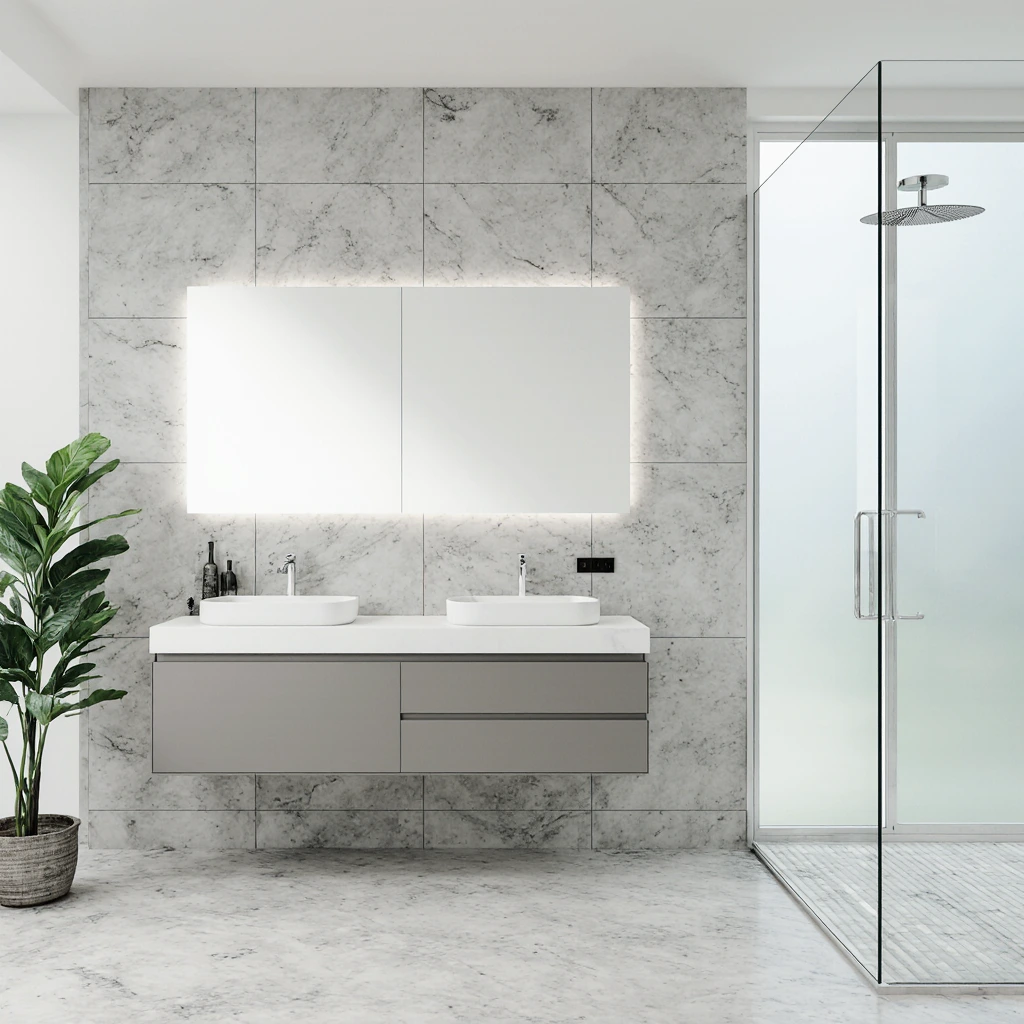
Practical Small Bathroom Designs
Small bathrooms present unique challenges, but the right design can make even the smallest space feel luxurious. When using a bathroom design tool for tight spaces, consider these proven designs:
Three-Quarter Design
This efficient design includes a toilet, sink, and shower (without a bathtub) and is ideal for spaces under 40 square feet. Place the shower at the far end, with the toilet and bathtub along adjacent walls. This creates an open flow while maintaining privacy.
Kitchen Design
Ideal for narrow bathrooms, this design places fixtures along two parallel walls. Place the toilet and bathtub on one side, with the shower or tub opposite. This arrangement maximizes floor space in the middle while ensuring easy access to all fixtures.
Corner Shower Solutions
Take advantage of a corner space with an angled or curved bathtub. This frees up valuable wall space for storage and creates the illusion of more space.
Large Bathroom Design Strategies
Spacious bathrooms offer greater flexibility, but they require careful planning to avoid wasted space. Our bathroom design tool will help you create distinct zones:
Master Suite Approach
Separate the wet and dry areas to optimize functionality. Add a freestanding bathtub as a focal point, a large shower, two vanities, and a private toilet area. This design is suitable for bathrooms over 100 square feet.
Spa-Inspired Design
Create a spa-like atmosphere with thoughtful placement of luxurious items. Place a deep soaking tub near a window for natural light, install a rainfall showerhead, and add a seating area or vanity.
Smart Storage Solutions That Transform Your Bathroom
Storage is often a determining factor in the success or failure of a bathroom design. Modern bathroom design tools help you maximize every available inch of storage space:
Maximize Vertical Storage
Built-in Shelves and Cabinets
- Install recessed shelves in shower walls for toiletries
- Create built-in medicine cabinets that don’t protrude from the room
- Add floor-to-ceiling linen cabinets in unused corners
Above-the-Toilet Storage
This often-overlooked space can accommodate cabinets, open shelves, or decorative storage baskets. Ensure there’s at least 12 inches of clearance above the toilet tank for added convenience.
Hidden Storage Innovations
Upgrade Your Bathtubs
- Choose bathtubs with deep drawers instead of traditional cabinets
- Install pull-out organizers for cleaning supplies and toiletries
- Consider floating bathtubs with hidden storage underneath
Mirror Storage Solutions
- Replace traditional mirrors with medicine cabinets
- Install mirrors with built-in LED lighting and hidden storage
- Use magnetic strips inside cabinet doors for small metal items
Materials and Finishes: Durability and Elegance

Choosing the right materials is crucial to ensuring long-term customer satisfaction and ease of maintenance. Your bathroom design tool should include a comprehensive materials library to help you make informed decisions.
Long-lasting flooring options
Porcelain and ceramic tile
These two remain the most popular options for good reason. They are water-resistant, easy to clean, and available in countless designs. Large-format tiles (12 x 24 inches or larger) create a sense of spaciousness with fewer grout lines to maintain.
Luxury vinyl tile (LVP)
Modern luxury vinyl tile offers the look of hardwood or stone with superior water resistance. It’s comfortable underfoot and much less expensive than natural materials.
Natural stone considerations
Despite its beauty, natural stone requires regular sealing and careful maintenance. Reserve it for feature walls or low-traffic areas unless you’re committed to ongoing maintenance.
Moisture-Resistant Wall Finishes
Tile Options
- Subway tiles are timeless and versatile.
- Large-format tiles minimize grout lines and require minimal maintenance.
- Decorative tiles add a touch of beauty and hide water spots.
Paint and Wallpaper Options
Choose mold-resistant bathroom paints. Wallpaper is back in a big way with vinyl-coated options that withstand moisture.
Coordinating Finishes
Add a touch of cohesion by choosing fixtures with complementary finishes:
- Brushed Nickel: Versatile and hides water spots well.
- Matte Black: Modern and attractive, requires more maintenance.
- Brass and Gold: Warm and luxurious, ideal for traditional styles.
- Chrome: Classic and easy to maintain, suitable for any style.
Lighting and Ventilation: Often Overlooked Essentials
Proper lighting and ventilation can make or break your bathroom experience. A good bathroom design tool will help you plan these basic systems:
Multi-layered lighting strategies
Task Lighting
Install lights on either side of mirrors to eliminate shadows during grooming tasks. LED strip lights built into medicine cabinets provide excellent illumination.
Ambient Lighting
Ceiling-mounted fixtures or recessed lights provide overall illumination. Consider using dimmer switches to relax while showering.
Accent Lighting
Highlight architectural features or artwork with strategically placed spotlights. LED strips under cabinets create a spa-like atmosphere.
Effective Ventilation
Good ventilation prevents mold, mildew, and moisture:
- Choose the right size exhaust fans (minimum 1 cubic foot per minute per square foot)
- Install fans with timers or humidity sensors
- Consider installing heat lamps for added comfort in cold climates
- Ensure adequate make-up air flow to ensure good ventilation
Common Bathroom Design Mistakes and How to Avoid Them
Learning from the mistakes of others can save you a lot of time and money. Here are the most common mistakes homeowners make:
Planning and Design Mistakes
Insufficient Clearance
Building codes require specific clearing spaces around fixtures. Toilets need 15 inches from center to any wall, while showers require a minimum interior size of 24 x 24 inches.
Improper Door Placement
Make sure doors don’t hit fixtures when opened. Pocket or barn doors can solve the space constraint in narrow designs.
Improper Storage Planning
Don’t wait until construction is complete to think about storage. Plan for built-in and organizational systems during the design phase.
Material and Fitting Mistakes
Prioritizing Form Over Function
A beautiful bathtub may look great, but consider daily maintenance and ease of use. Some modern fixtures quickly become unwieldy.
Saving on Quality
Bathrooms endure heavy use and high humidity. Invest in high-quality fixtures, especially faucets and shower systems, to avoid premature replacement.
Ignoring Size and Proportion
Large fixtures can take up small spaces, while small items get lost in large rooms. Use our bathroom design tool to test different dimensions before purchasing.
Advanced Design Considerations for Modern Bathrooms
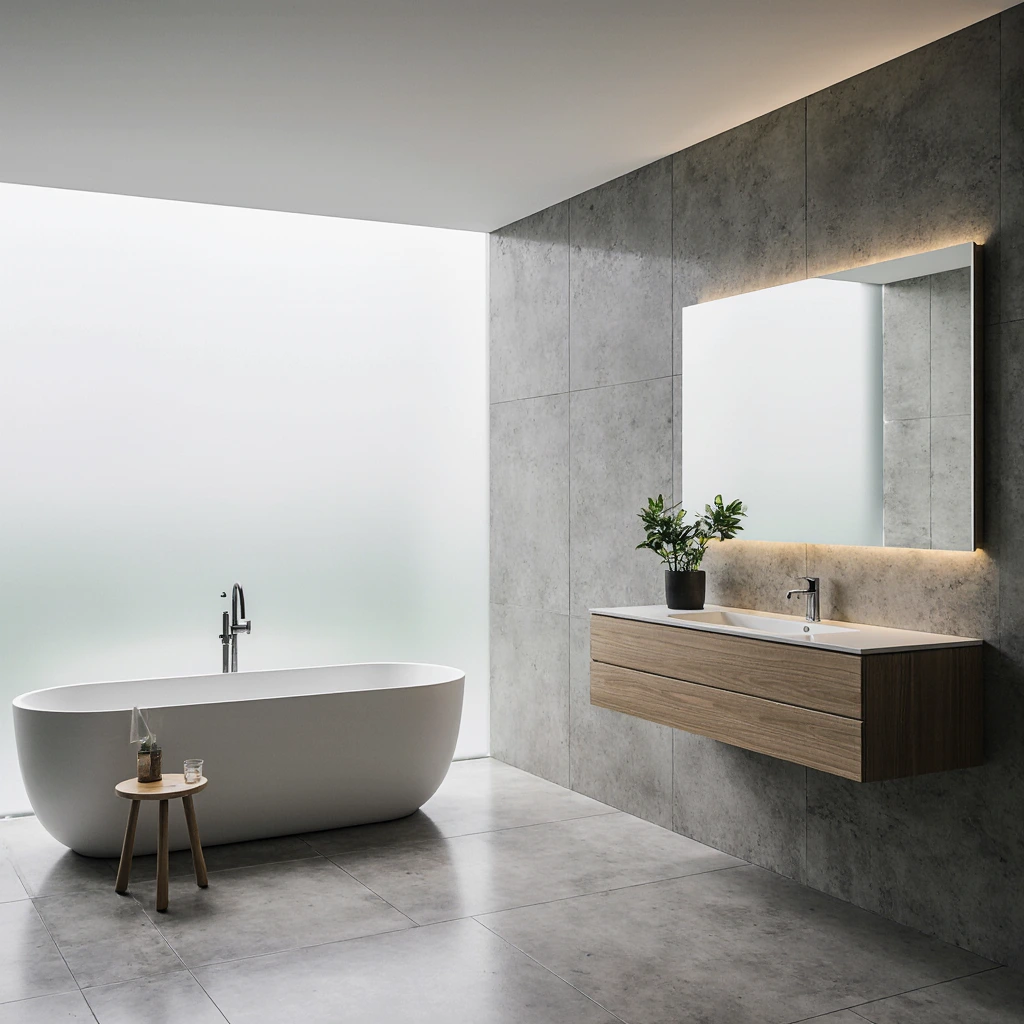
Technology Integration
Smart bathroom features are growing in popularity:
- Digital shower controls with programmable temperature settings
- Smart mirrors with built-in displays and lighting
- Heated floors for comfort and faster drying
- Bluetooth speakers integrated into ventilation systems
Accessibility and Sophisticated Design
Consider your future needs when planning your bathroom:
- Curtainless showers with linear drains
- Grab bars that double as towel bars
- Ergonomic toilets (17-19 inches high)
- Faucets with lever handles instead of round handles
Sustainable Design Elements
Eco-friendly choices that save money in the long run:
- Low-flow fixtures reduce water consumption
- LED lighting significantly reduces energy costs
- Sustainable materials such as bamboo or recycled glass
- Programmable ventilation reduces waste Energy
Turn Your Vision into Reality: From Design Tool to Finished Space
After perfecting your design using the Bathroom Design Tool, follow these steps to successfully implement it:
Professional Consultation
Even with detailed plans, consult with professionals for:
- Structural modifications or additions
- Electrical and plumbing relocation
- Permitting and code compliance
- Complex tile or stone installation
Project Management Tips
Develop detailed timelines
Bathroom renovations typically take two to four weeks. Plan for any potential delays and ensure backup facilities are available.
Order materials early
Custom fixtures and specialty tiles can take longer. Order these items before demolition begins.
Quality Control Points
Inspect work at critical stages: after demolition, after initial finishing work, and before final fixtures are installed.
The Bottom Line: Your Dream Bathroom Is Waiting
A carefully selected bathroom design tool turns a daunting renovation into an exciting creative journey. By leveraging digital planning capabilities, you can explore endless possibilities, avoid costly mistakes, and create a space that reflects your personal style and needs.
Remember, great bathroom design balances beauty and function, modern trends and timeless appeal, personal preferences and practical considerations. Whether you’re renovating a small bathroom or creating a spa-like master suite, the right planning tools and thoughtful design decisions will ensure a fruitful investment for years to come.
Ready to start planning your dream bathroom? Choose a design tool that offers the features most important to your project, and don’t hesitate to experiment with different designs and styles. Your perfect bathroom is just a few clicks away!
Act today: Download a bathroom design tool and start experimenting with your space. Share your design challenges in the comments below, and don’t forget to subscribe for more home renovation tips and tricks!
Best Amazon Picks :
FAQs
What are the best free bathroom design tools available?
There are several excellent free options available for bathroom planning. SketchUp Free offers 3D modeling capabilities, while IKEA’s Bathroom Planner focuses on its products but provides a good visualization of floor plans. Home Depot and Lowe’s also offer free online planning tools with their built-in product catalogs.
How accurate are bathroom design tools with measurements?
Most reliable bathroom design tools are very accurate when entering precise measurements. However, always make sure to match the important dimensions to the actual measurements of your space. Professional tools used by contractors typically provide the highest levels of accuracy.
Can I use a bathroom design tool if I’m not tech-savvy?
Absolutely! Many modern bathroom design tools are designed for homeowners with user-friendly interfaces. Start with simpler tools that offer drag-and-drop functionality and pre-designed templates. Most platforms also offer instructional videos and customer support.
Do bathroom design tools include plumbing and electrical layouts?
Basic tools typically don’t include detailed plumbing and electrical layouts, but they can help you visualize fixture locations and identify potential problems. For complex renovations that involve relocating plumbing or adding electrical fixtures, consult with professionals who use specialized design software.
What is the appropriate budget for a bathroom remodel based on my design?
Costs vary greatly by region and material choice, but expect to cost between $100 and $300 per square foot for mid-range renovations. Use the material calculator features in your design tool, and always add 15-20% to your budget for unforeseen issues. Labor costs typically account for 50-60% of the total cost.
What’s the difference between 2D and 3D bathroom design tools?
2D tools are excellent for basic design planning and are typically easier to use. 3D tools provide realistic visualizations that help you understand what your final bathroom will look like. For complex renovations, 3D tools are worth the extra learning.
Is it advisable to hire a professional designer even when using design tools?
Design tools are excellent for initial planning and communication, but professional designers have expertise in building codes, material specifications, and problem-solving, which software cannot replace. Consider using the tools for initial planning, then consulting a professional for final details and implementation.
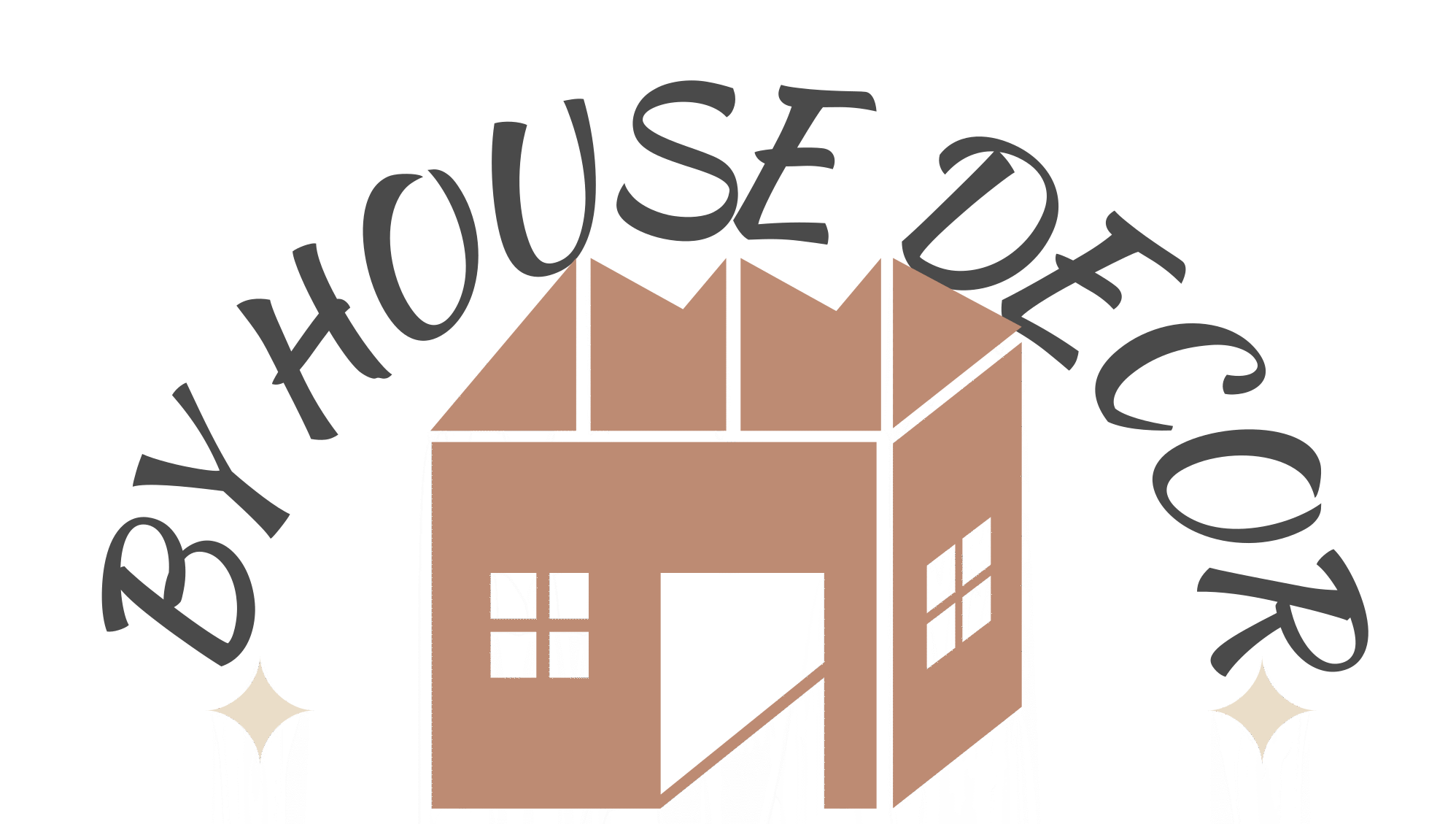
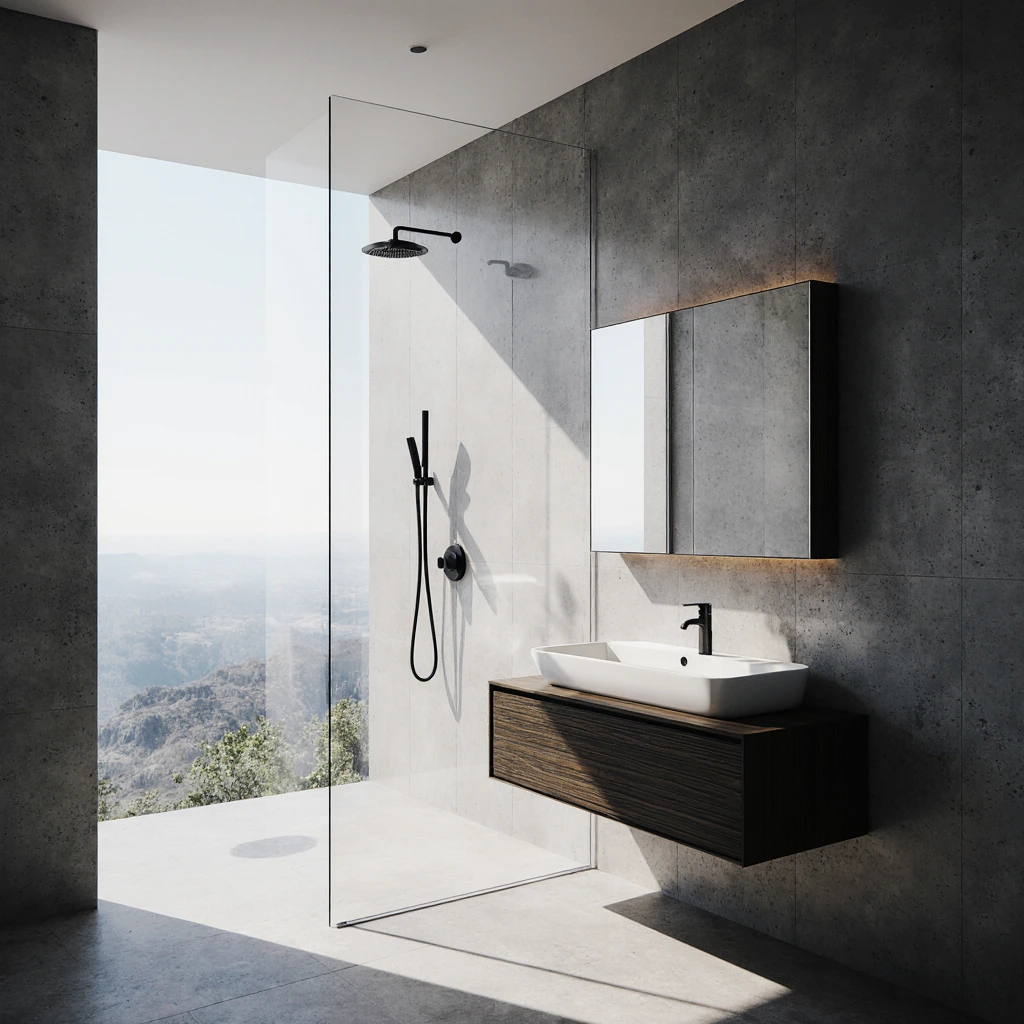
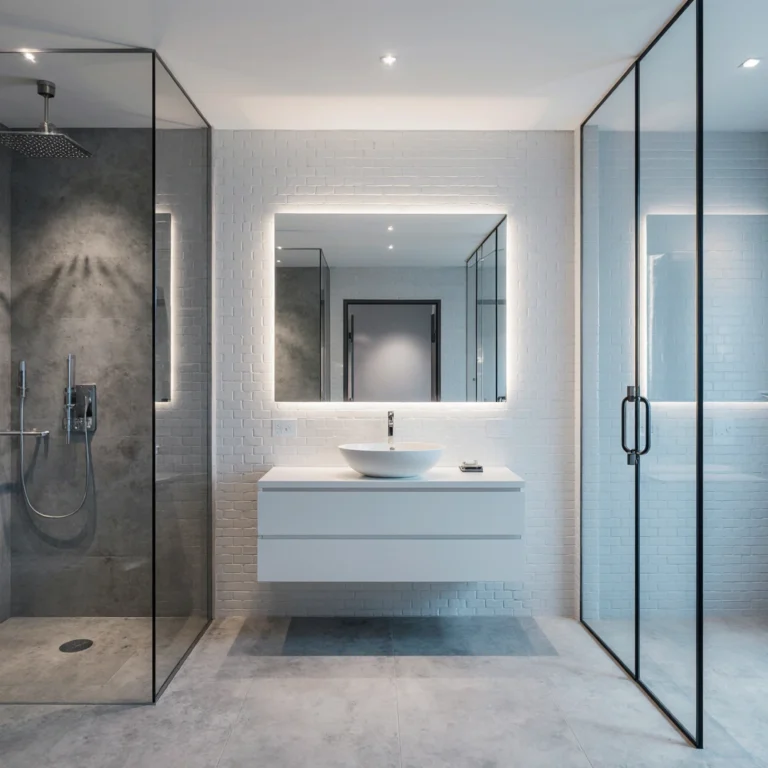

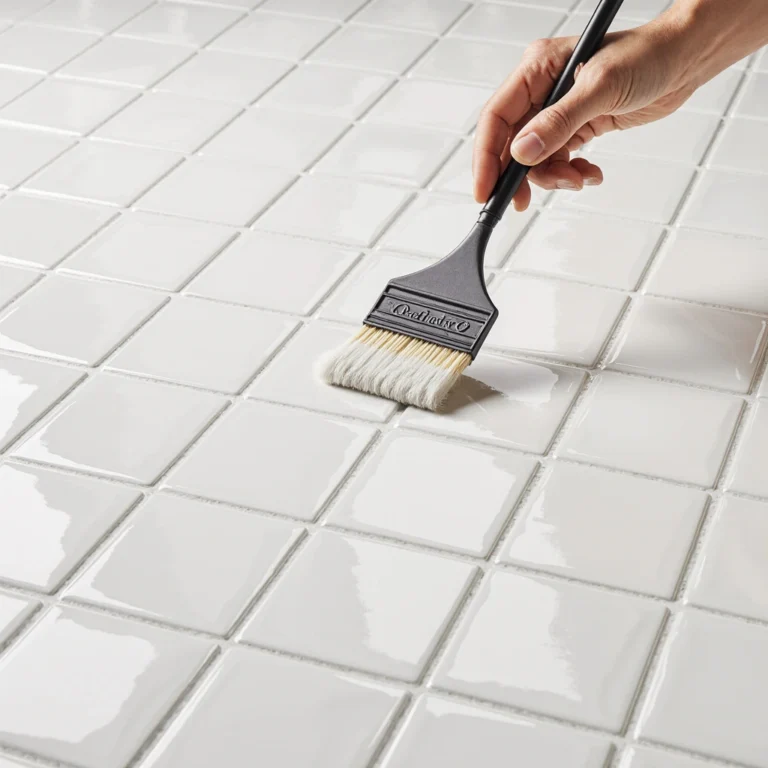
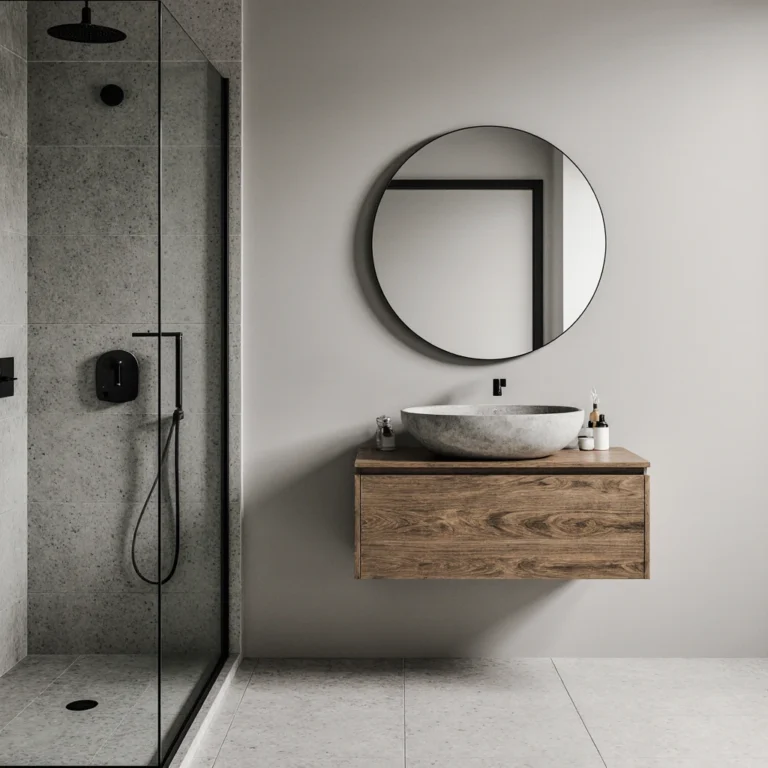
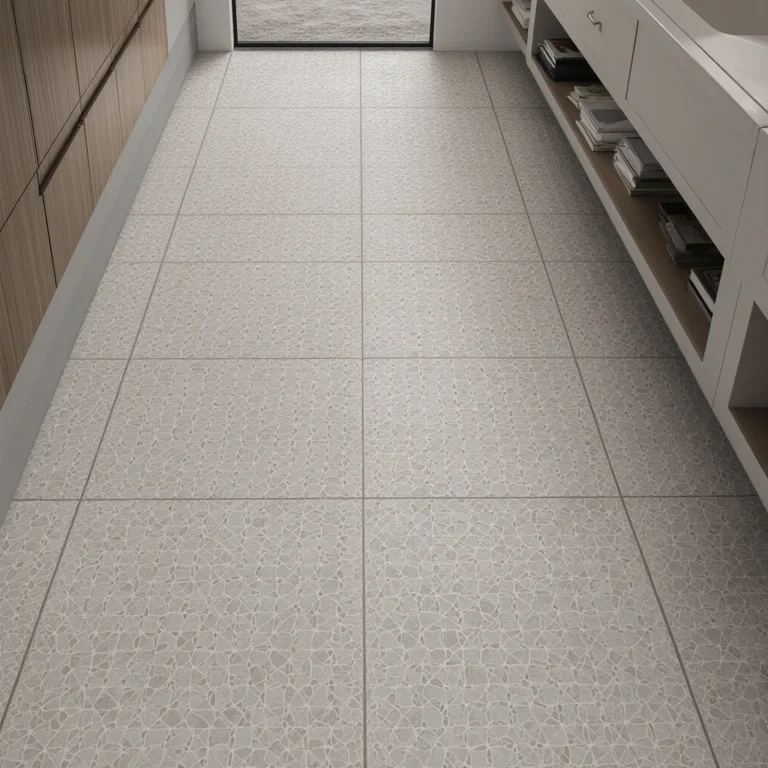
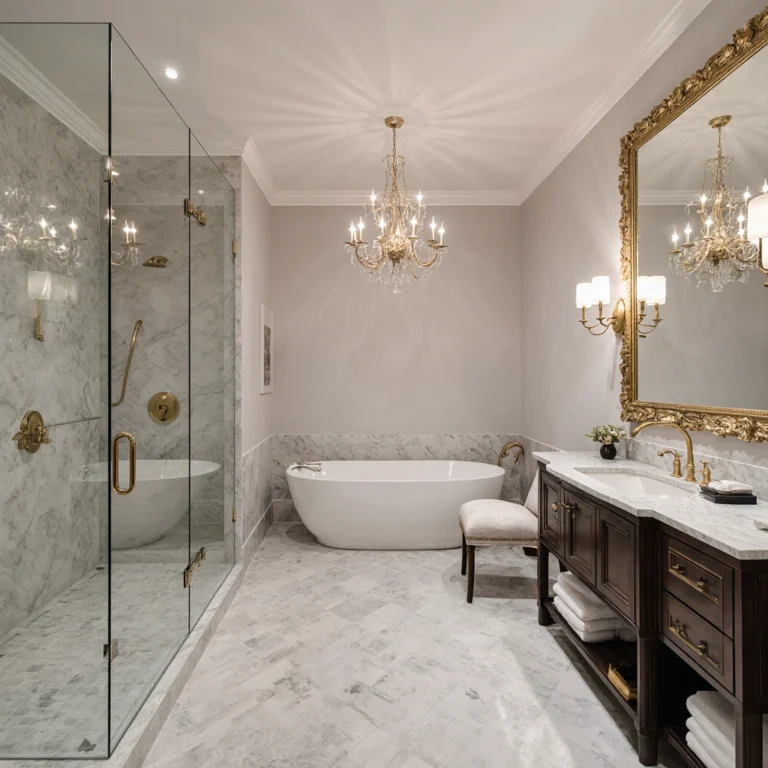
2 Comments
Comments are closed.